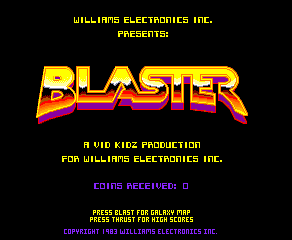| name |
size |
crc |
| proto5_blaster_3021_rom_11.ic25 |
8.00k |
bc2d7eda |
| proto5_blaster_3021_rom_12.ic26 |
8.00k |
8a215017 |
| proto5_blaster_3021_rom_17.ic41 |
4.00k |
b308f0e5 |
| proto5_blaster_3021_rom_16.ic39 |
4.00k |
2db032d2 |
| proto5_blaster_3021_rom_13.ic27 |
8.00k |
c99213c7 |
| proto5_blaster_3021_rom_15.ic38 |
16.00k |
1ad146a4 |
| proto5_blaster_3021_rom_8.ic20 |
16.00k |
f110bbb0 |
| proto5_blaster_3021_rom_9.ic22 |
16.00k |
5c5b0f8a |
| proto5_blaster_3021_rom_10.ic24 |
16.00k |
d47eb67f |
| proto5_blaster_3021_rom_6.ic13 |
16.00k |
47fc007e |
| proto5_blaster_3021_rom_5.ic11 |
16.00k |
15c1b94d |
| proto5_blaster_3021_rom_14.ic35 |
16.00k |
aea6b846 |
| proto5_blaster_3021_rom_7.ic15 |
16.00k |
a1c4db77 |
| proto5_blaster_3021_rom_1.ic1 |
16.00k |
8d0ea9e7 |
| proto5_blaster_3021_rom_2.ic3 |
16.00k |
03c4012c |
| proto5_blaster_3021_rom_4.ic7 |
16.00k |
39d2a32c |
| proto5_blaster_3021_rom_3.ic6 |
16.00k |
054c9f1c |
| proto5_blaster_3021_rom_18.sb13 |
4.00k |
c33a3145 |
| proto5_blaster_3021_rom_18.sb10 |
4.00k |
c33a3145 |
| decoder_rom_4.ic42 |
512.00b |
e6631c23 |
| video_decoder_rom_6.ic23 |
512.00b |
83faf25e |
| blaster.col |
2.00k |
bac50bc4 |









